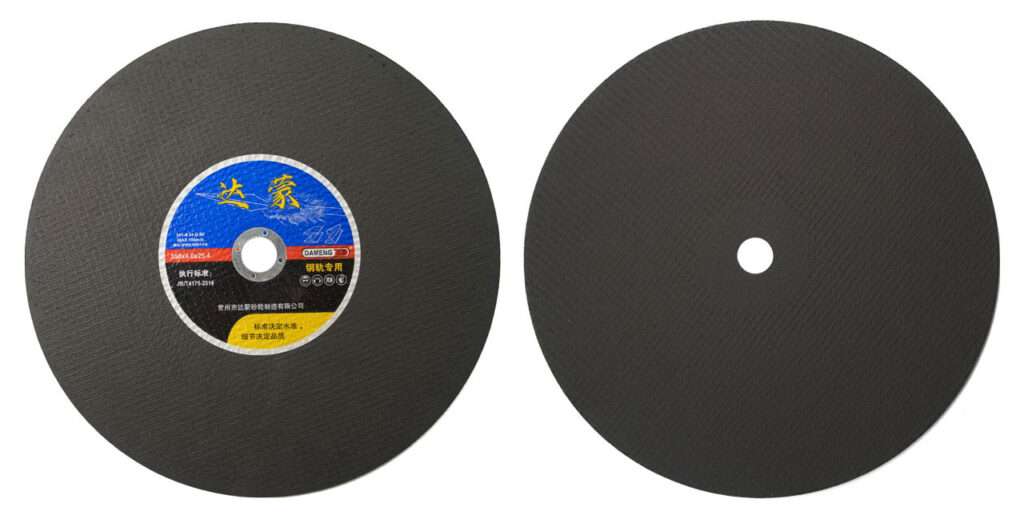Rail cut-off wheels are specialized tools designed for cutting metal rails, such as those used in railway construction and maintenance. These wheels are essential for ensuring safety and efficiency in various applications, including the installation of new tracks, repairs, and upgrades. In this blog, we’ll explore the features, benefits, and best practices for using rail cutting discs.
What Are Rail Cut-Off Wheels?
Rail cut-off wheels are abrasive wheels specifically engineered to cut through hard metals, including steel and iron. They come in various sizes and thicknesses, allowing users to choose the right wheel for their specific cutting needs. The wheels are typically made from high-quality abrasive materials such as aluminum oxide or zirconia, which provide durability and longevity.
Key Features
- Durability: Rail cutting discs are designed to withstand the rigorous demands of cutting through tough materials. Their robust construction ensures they last longer, reducing the need for frequent replacements.
- High Cutting Speed: These wheels are engineered for high-speed applications, allowing for efficient and fast cutting. This is crucial in environments where time is of the essence, such as railway maintenance.
- Precision Cutting: The design of rail cut-off wheels enables accurate cuts with minimal material waste. This precision is vital for maintaining the integrity of the rail structure.
- Versatility: While primarily used for rail cutting, these wheels can also be utilized for various metal-cutting applications, making them a valuable addition to any toolset.
Benefits of Using Rail Cut-Off Wheels
- Improved Efficiency: The high cutting speed and precision of these wheels can significantly enhance productivity on the job site.
- Cost-Effectiveness: While the initial investment may be higher than standard cut-off wheels, their durability and longer lifespan make them more economical in the long run.
- Safety: Properly using rail cut-off wheels helps minimize the risk of accidents and injuries on the job. They produce less heat and debris, making the cutting process safer for operators.
Best Practices for Using Rail Cut-Off Wheels
- Select the Right Wheel: Ensure you choose a wheel that is specifically designed for rail cutting. Consider the diameter, thickness, and material compatibility.
- Use Appropriate Equipment: Pair the cut-off wheel with a suitable angle grinder or cutting machine that matches the wheel specifications.
- Follow Safety Protocols: Always wear appropriate personal protective equipment (PPE), including gloves, goggles, and ear protection, to ensure safety while operating the cutting equipment.
- Maintain the Wheel: Regularly inspect the wheel for wear and tear. Replace any damaged or worn-out wheels to maintain cutting efficiency and safety.
- Practice Proper Technique: Apply consistent pressure while cutting and avoid forcing the wheel. Let the tool do the work to achieve a clean cut and prolong the life of the wheel.
Conclusion
Rail cut-off wheels are essential tools for anyone involved in railway construction and maintenance. Their durability, precision, and efficiency make them invaluable for cutting metal rails safely and effectively. By following best practices and choosing the right products, you can enhance your productivity and ensure the safety of your operations. Whether you’re a professional in the industry or a DIY enthusiast, investing in high-quality rail cut-off wheels is a decision that pays off in performance and results.


